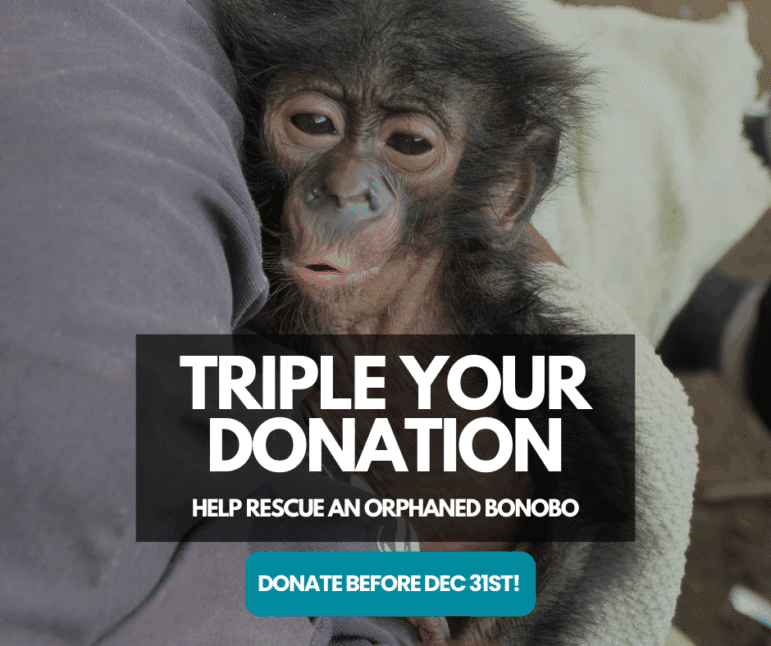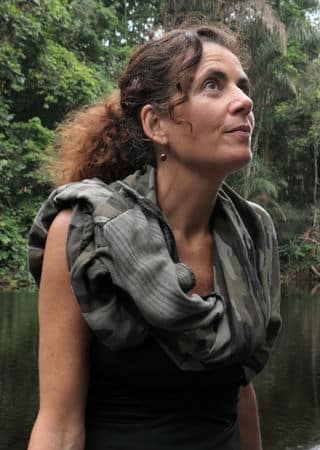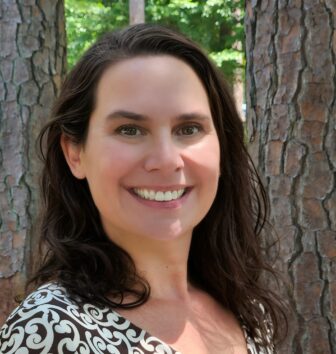We are thrilled to announce the birth of a new baby bonobo at Lola ya Bonobo Sanctuary in the Democratic Republic of Congo!
On Saturday, September 6, 2025, around 1:00 p.m., N’djili proudly introduced her newborn to the group. Both mother and infant are healthy, and our sanctuary team is providing dedicated care to ensure the best start to life.
A Story of Resilience: Ndjili’s Journey
This new arrival carries special meaning. In 2024, N’djili tragically lost her infant, Mpico, to what we believe was a snake bite. Her first baby born in 2022 also died, shortly after birth. The losses were deeply felt at Lola ya Bonobo, where every bonobo life matters like one of our own family members. Maternal bonds in bonobo society are incredibly strong, and the grief of losing a baby is profound.
Now, with the birth of her third infant, N’djili has another chance to nurture a new life. She is already proving to be a devoted mother, cradling and protecting her newborn.
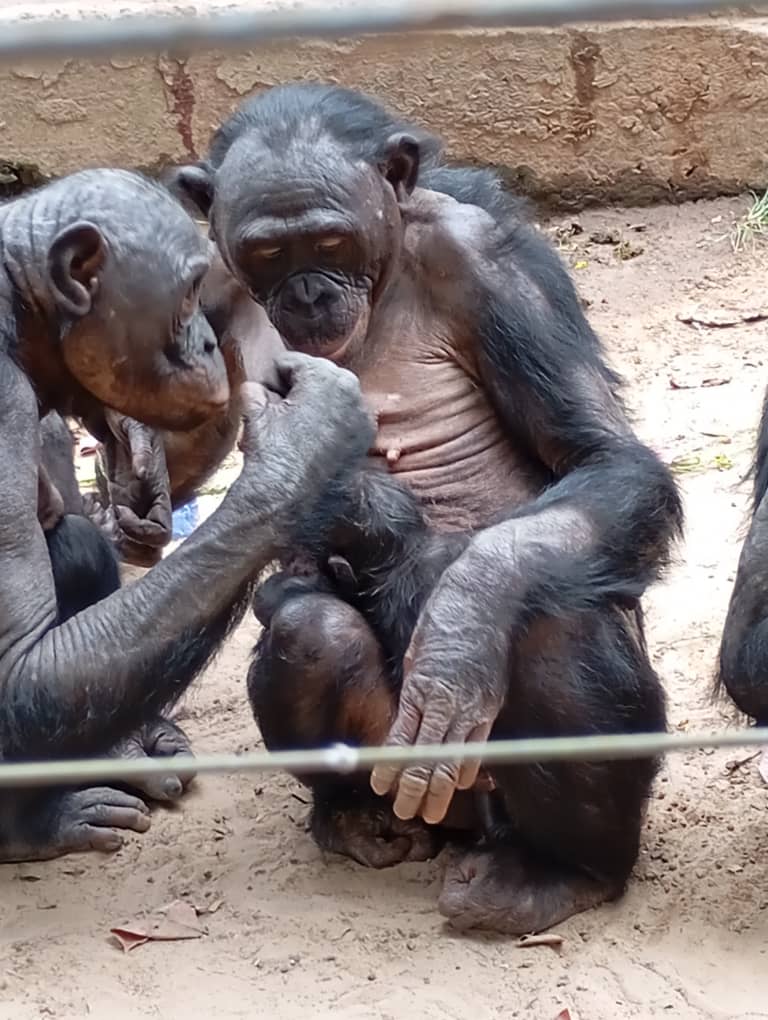
Why Each Baby Bonobo Matters
Bonobos are an endangered great ape, found only in the wild in the Democratic Republic of Congo. Every birth in our sanctuary is more than a moment of joy—it’s a vital step toward securing the future of this species. Each new baby also strengthens the social fabric of Lola ya Bonobo, where bonobo mothers raise their infants with the support of their group. Caregivers watch over the families in each enclosure, making sure mothers and babies have everything they need to thrive.
This is very different from when a baby arrives as an orphan. Bonobo babies are unique in the world of great apes, because unlike all the others, they will die without love and one-on-one nurturing. That’s why we provide all the rescued baby bonobos that arrive at the sanctuary with surrogate mamas. They give the newly orphaned bonobos the same constant care and comfort that a mother in the wild would provide.
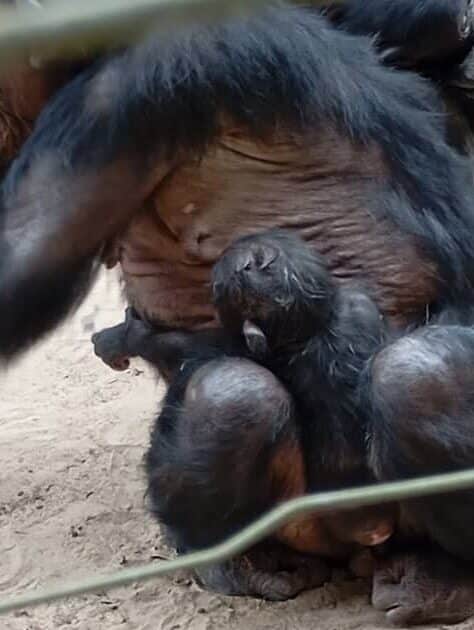
Looking Ahead
The baby’s sex is still unknown, and a name has not yet been chosen. At Lola ya Bonobo, we prioritize letting mothers raise their infants naturally, with as little human interference as possible. Caretakers only enter the vast enclosures if there is a medical need, so unless N’djili decides to show her infant closely to a caretaker at the boundary, we won’t know the sex right away.
What we do know is that this birth is a powerful sign of resilience and hope. N’djili conceived and gave birth in a 10-acre natural forest enclosure, surrounded by her social group. This ability to reproduce, nurture, and thrive as bonobos do in the wild shows that our rehabilitation model works. It’s proof that bonobos at Lola ya Bonobo are living healthy, natural lives. It demonstrates why this kind of conservation is an essential part of the work to protect the species.
Even more importantly, the same principles that allow bonobo families to flourish in the sanctuary are guiding our work at Ekolo ya Bonobo Community Reserve, where rescued and rehabilitated bonobos are returned to the forest. Every new birth is not just a celebration, it’s evidence that our methods are effective and replicable.
Stay tuned for updates and photos as N’djili’s little one grows. Together, we can ensure that bonobos not only survive but flourish for generations to come
For photos, interviews, or more information, please contact:
